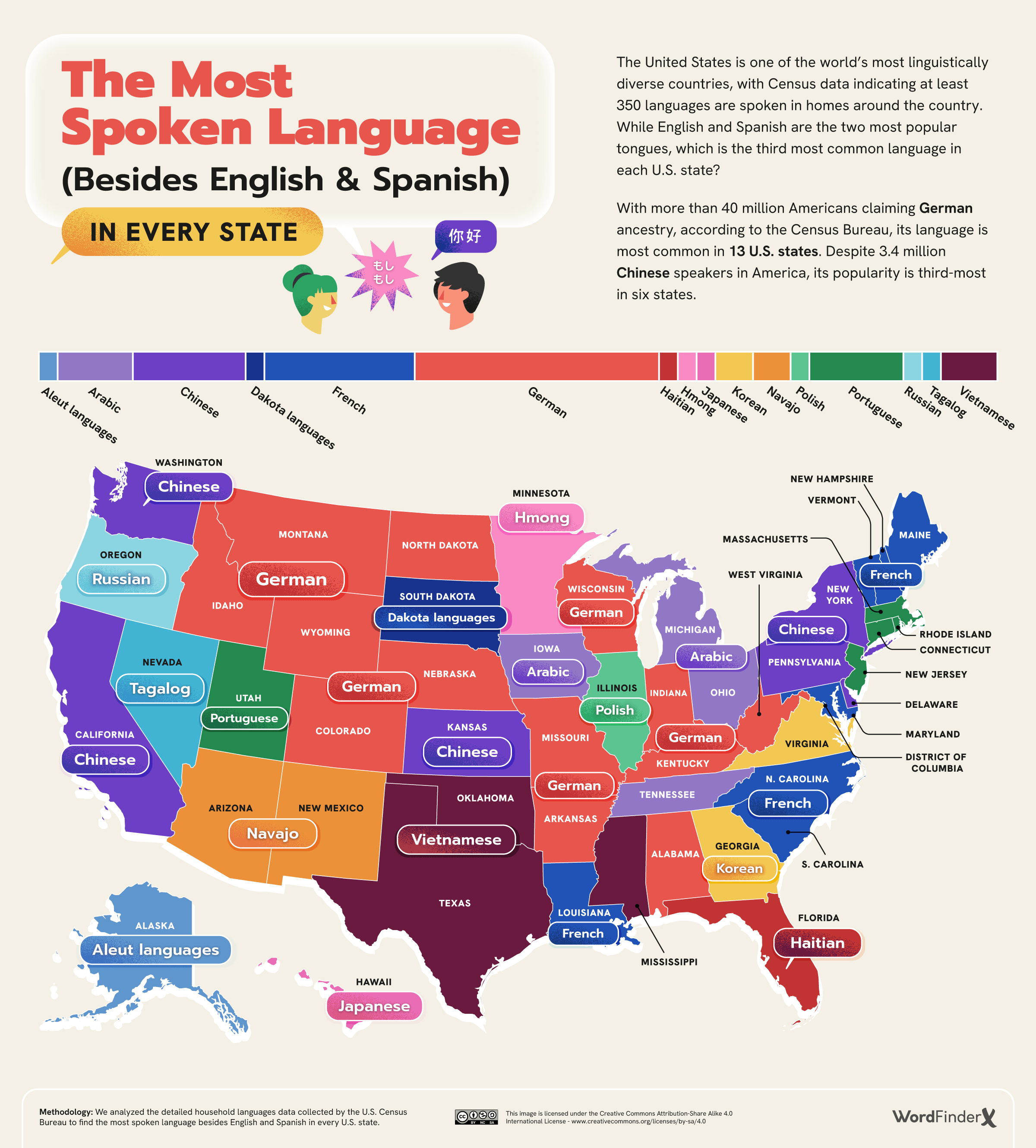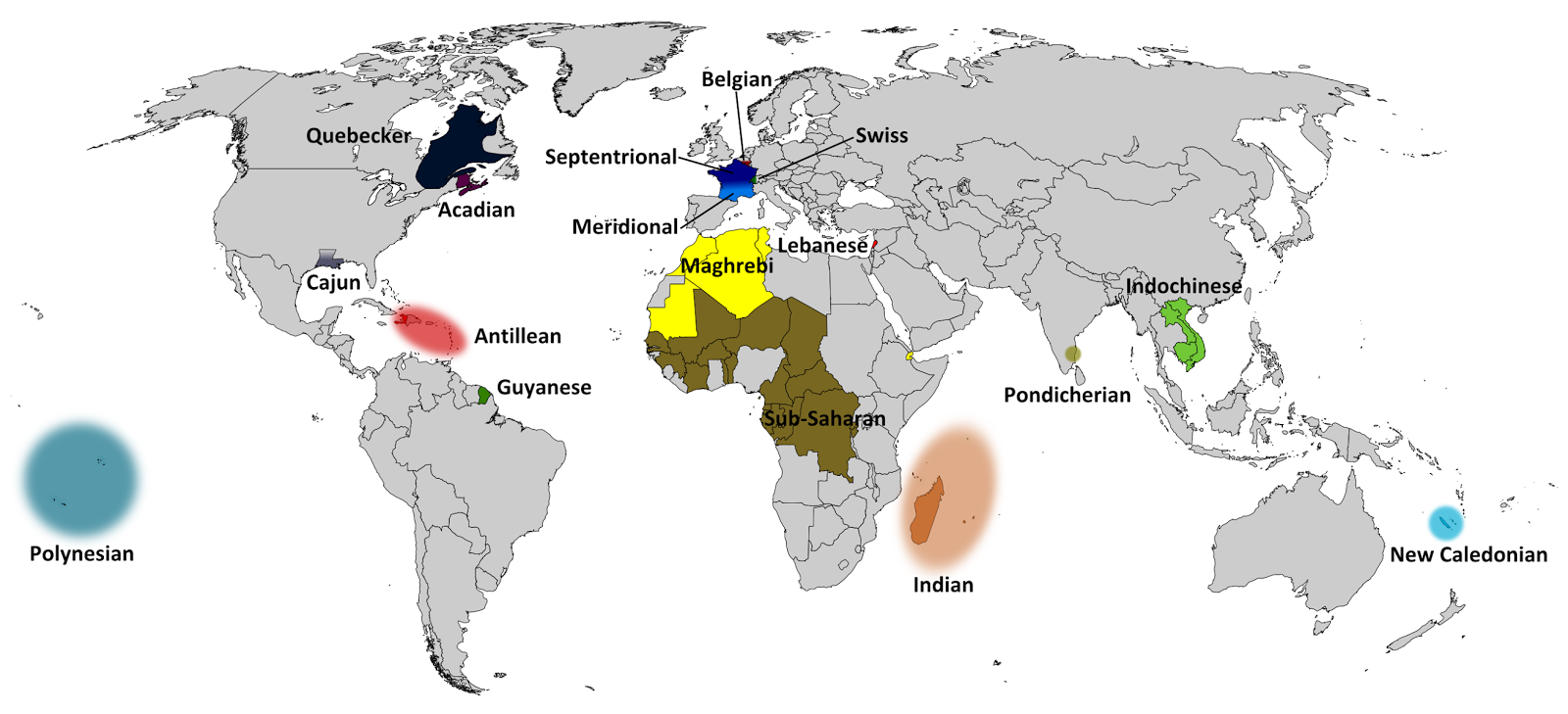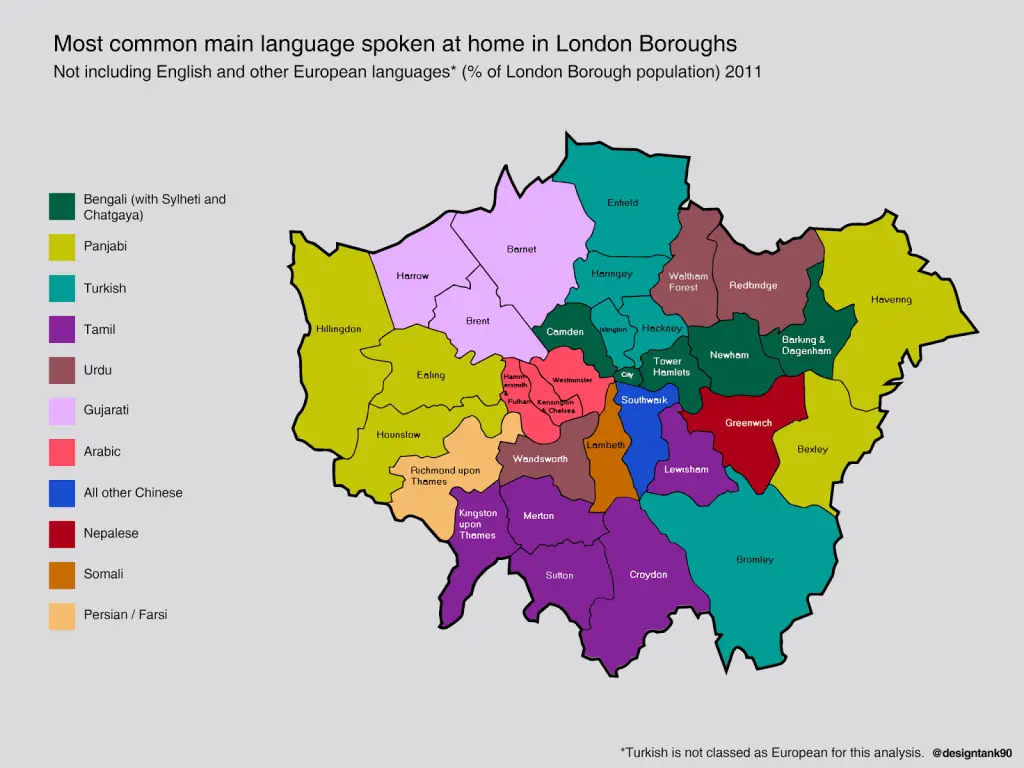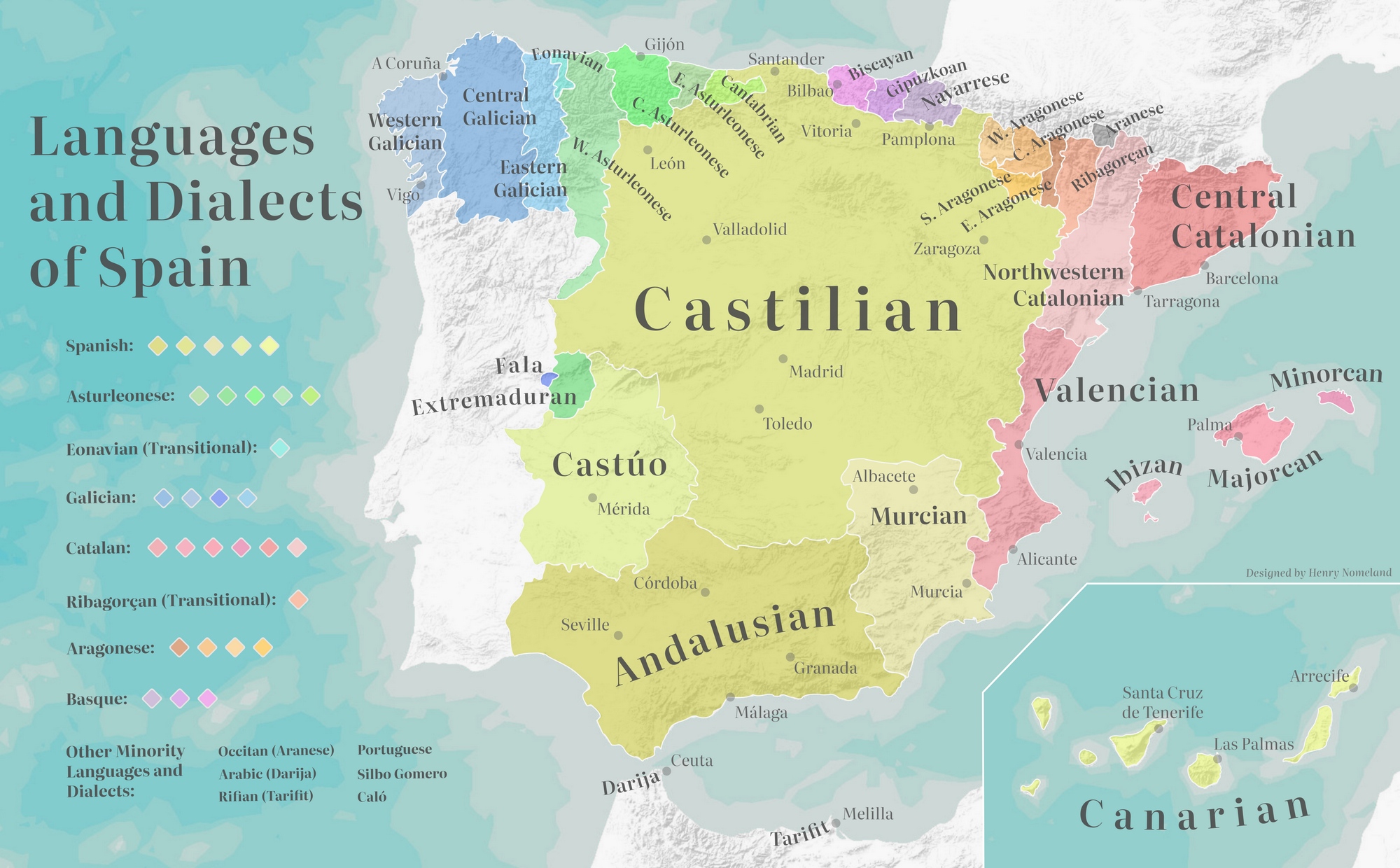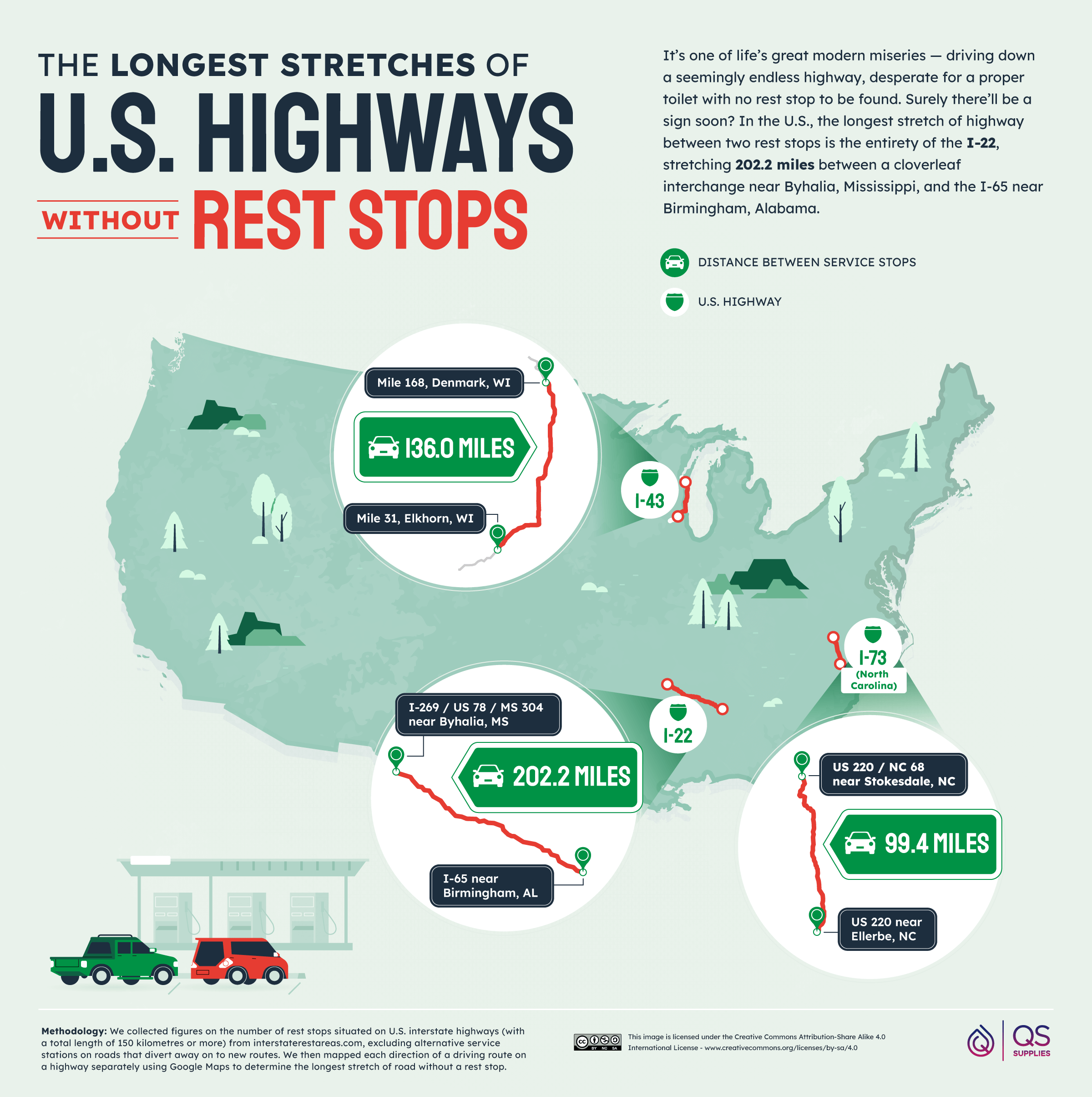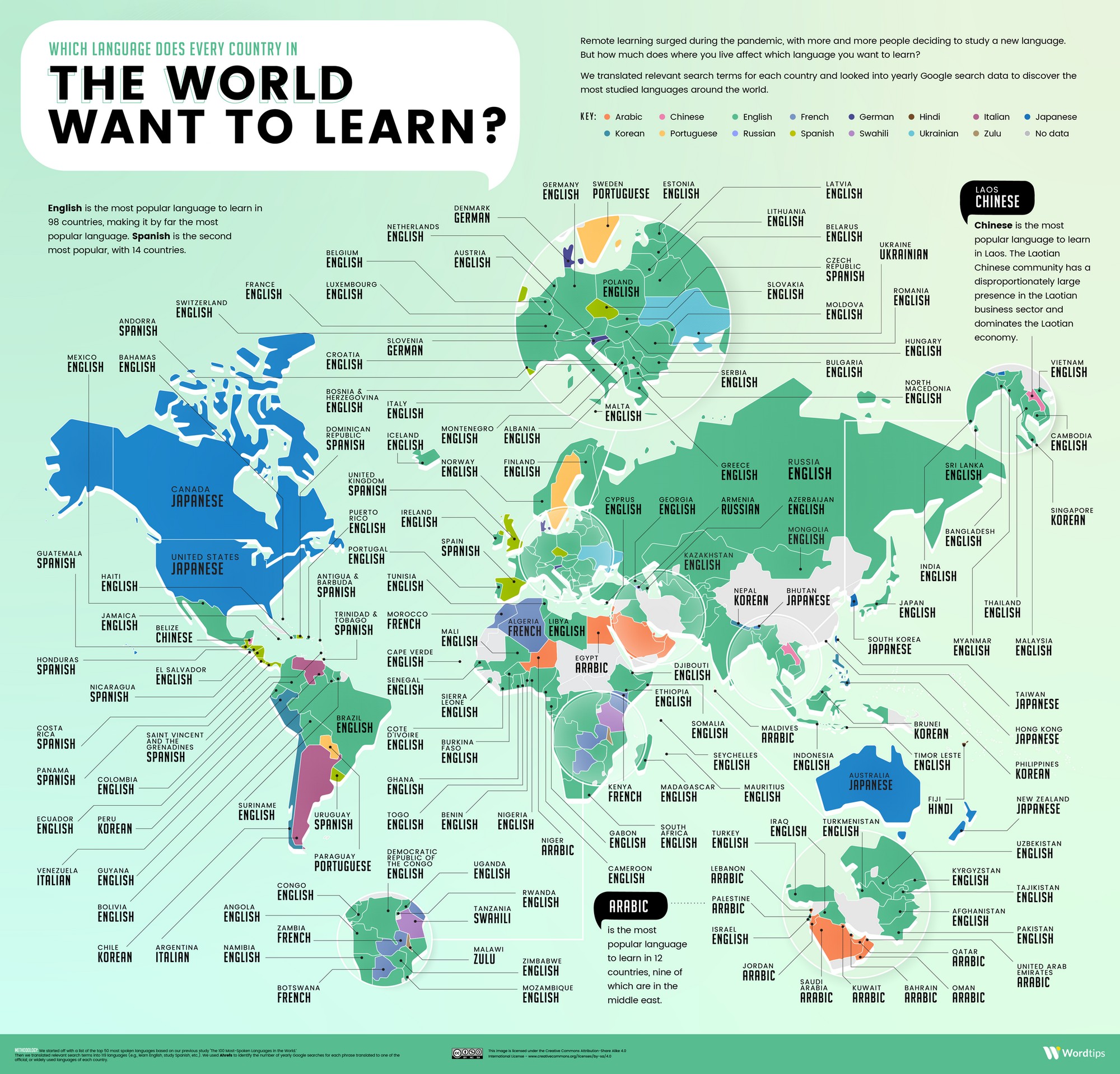Second languages at tube stops
Each tube station has a circle coloured by, after English, the
language most spoken by locals. The area of the circle is proportional
to the percentage that speak this language – so a circle where 10% of
local people primarily speak French will be larger (and a different
colour) than a circle where 5% of people primarily speak Spanish.
Language correlates well with some ethnicities (e.g. South Asian) but
not others (e.g. African), in London. So some familiar patterns appear –
e.g. a popular, and uniform, second language appearing at almost all
Tower Hamlets stations. Remember, the map is showing language, not
origin – so many of the “Portuguese” speakers, for instance, may be of
Brazilian origin.
Click on each station name to see the other languages spoken locally –
where at least 1% of local speakers registered them in the census.
There is a minimum of 10 people to minimise small number “noise” for
tube stations in commercial/industrial areas. In some very
mono-linguistic areas of London (typically in Zone 6 and beyond the GLA
limits) this means there are no significant second languages, so I’ve
included just the second one and no more, even where it is below 1%
and/or 10 people.
Via oobrien.com


